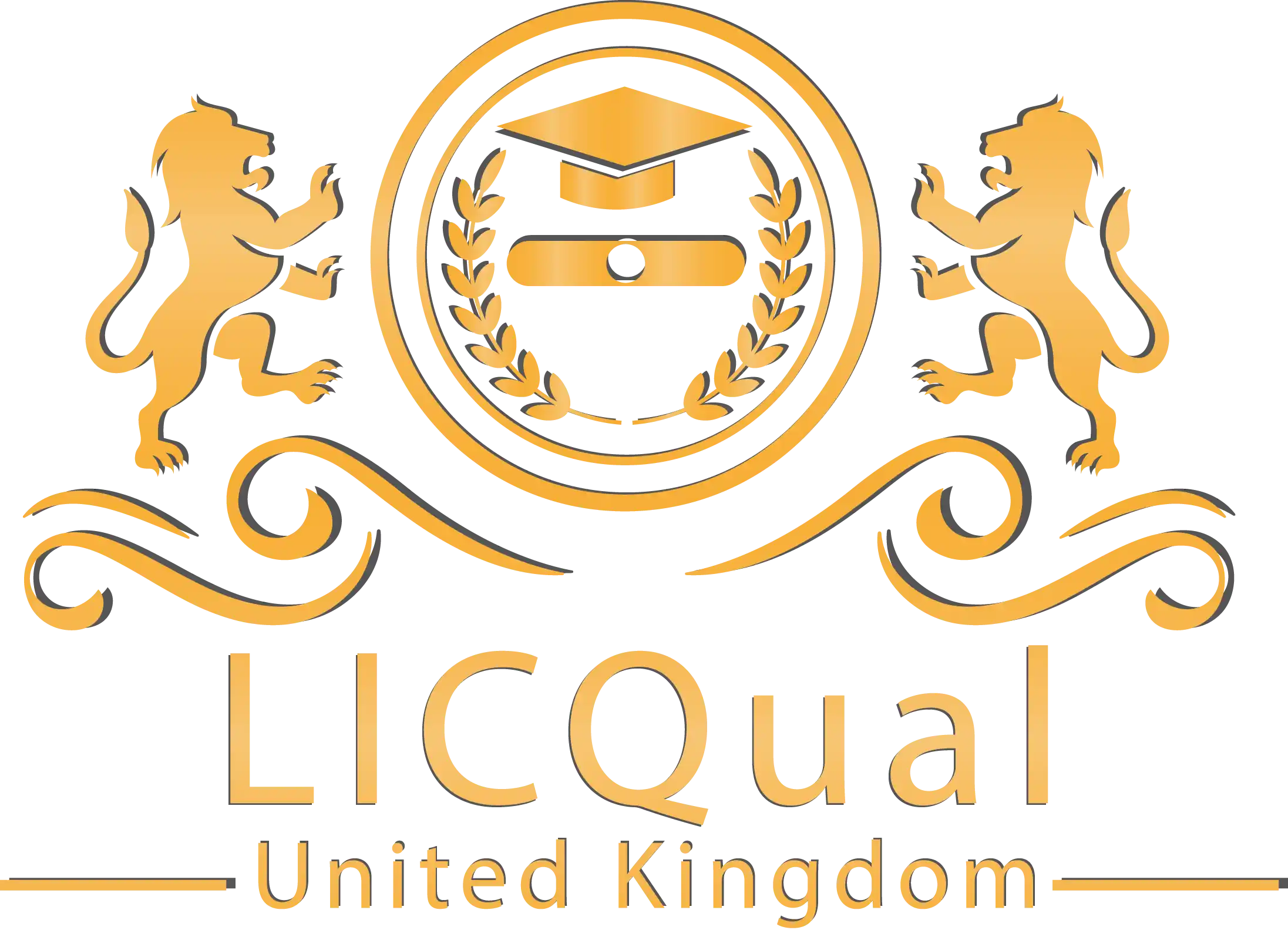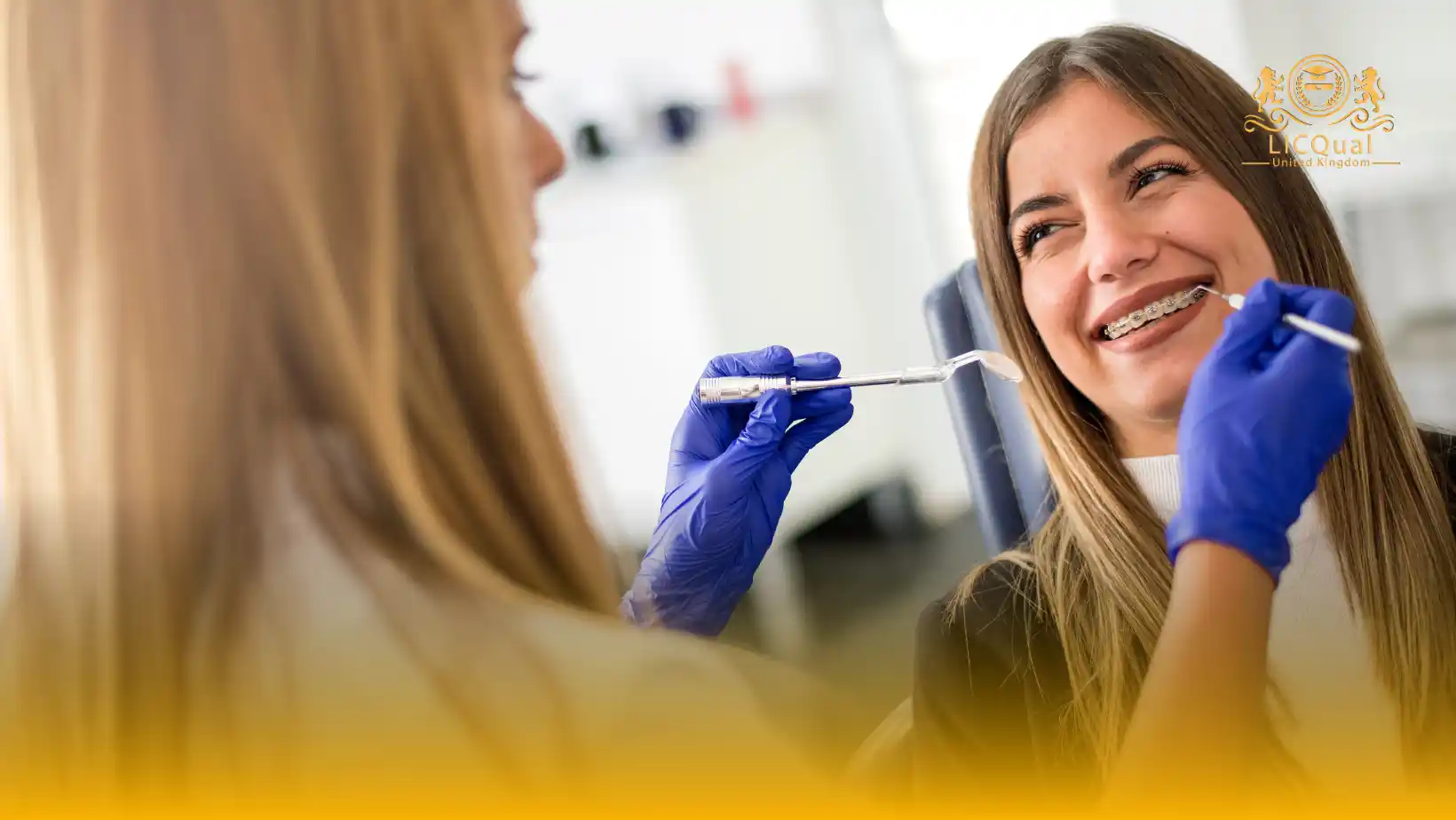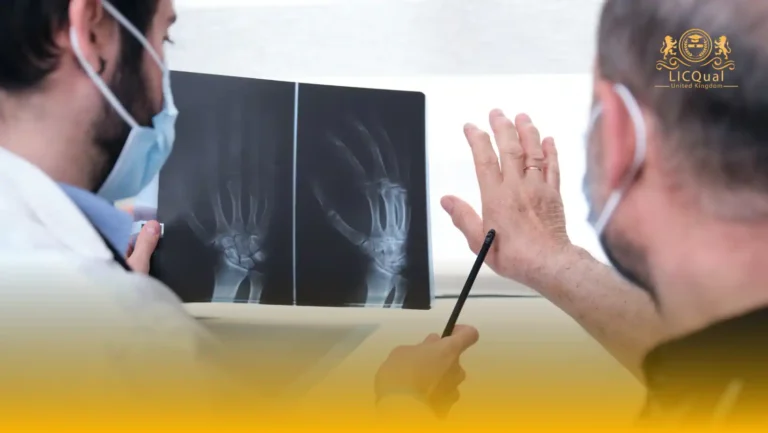The LICQual Level 3 Diploma in Orthodontics is a specialised professional qualification designed for experienced dental practitioners who wish to advance their expertise in orthodontic care. This programme focuses on developing advanced skills and in-depth knowledge, enabling learners to deliver safe, effective, and evidence-based orthodontic treatments in line with industry best practices.
Unlike introductory courses, this diploma is not intended for fresh candidates. It is specifically aimed at professionals seeking to enhance their career prospects, broaden their clinical competencies, and strengthen their Continuing Professional Development (CPD) portfolio. By undertaking this qualification, learners can gain a deeper understanding of orthodontic principles, diagnostic techniques, treatment planning, and appliance management, all while ensuring the highest standards of patient care.
Centres delivering the LICQual Level 3 Diploma in Orthodontics are required to maintain competent and qualified staff with substantial industry experience. In addition, they must provide all essential training materials, clinical resources, and learning support to guarantee a high-quality educational experience. This ensures that learners benefit from practical, relevant, and up-to-date orthodontic training that aligns with professional regulations and ethical guidelines.
With its emphasis on practical application, critical thinking, and professional growth, this diploma empowers learners to meet the evolving demands of orthodontic practice while building confidence in managing a wide range of orthodontic cases. It serves as a valuable pathway for those committed to achieving excellence and expanding their scope within the dental profession.
Course Overview
Qualification Title
LICQual Level 3 Diploma in Orthodontics
Total Units
6
Total Credits
60
GLH
240
Qualification #
LICQ2200652
Qualification Specification
To enroll in the LICQual Level 3 Diploma in Orthodontics, applicants must meet the following criteria:
|
Qualification# |
Unit Title |
Credits |
GLH |
|---|---|---|---|
|
LICQ2200652-1 |
Principles and Foundations of Orthodontics |
10 |
40 |
|
LICQ2200652-2 |
Orthodontic Diagnosis and Treatment Planning |
10 |
40 |
|
LICQ2200652-3 |
Orthodontic Appliances and Their Applications |
10 |
40 |
|
LICQ2200652-4 |
Clinical Procedures in Orthodontic Practice |
10 |
40 |
|
LICQ2200652-5 |
Patient Management, Ethics, and Communication |
10 |
40 |
|
LICQ2200652-6 |
Continuing Professional Development and Evidence-Based Practice in Orthodontics |
10 |
40 |
By the end of this course, learners will be able to:
1. Principles and Foundations of Orthodontics
By the end of this unit, learners will be able to:
1.1 Explain the history and scope of orthodontics within dental practice.
1.2 Describe craniofacial anatomy and dental structures relevant to orthodontics.
1.3 Analyse the stages of jaw growth and facial development.
1.4 Explain the principles of occlusion and malocclusion classification.
1.5 Describe the biological basis of tooth movement and the role of periodontal tissues.
2. Orthodontic Diagnosis and Treatment Planning
By the end of this unit, learners will be able to:
2.1 Conduct comprehensive patient assessments and case histories.
2.2 Identify appropriate diagnostic tools and techniques for orthodontic evaluation.
2.3 Interpret cephalometric radiographs and other orthodontic records.
2.4 Formulate treatment objectives based on clinical and radiographic findings.
2.5 Develop individualised orthodontic treatment plans to meet patient needs.
3. Orthodontic Appliances and Their Applications
By the end of this unit, learners will be able to:
3.1 Identify various types of orthodontic appliances, including removable, fixed, and functional.
3.2 Explain the design, function, and clinical indications of different appliances.
3.3 Outline the process of appliance fabrication and customisation.
3.4 Demonstrate correct appliance handling and maintenance.
3.5 Evaluate appliance suitability based on patient-specific requirements.
4. Clinical Procedures in Orthodontic Practice
By the end of this unit, learners will be able to:
4.1 Prepare the clinical environment for orthodontic procedures in compliance with safety standards.
4.2 Fit, activate, and adjust orthodontic appliances effectively.
4.3 Implement retention methods to maintain treatment outcomes.
4.4 Apply infection prevention and control protocols in clinical practice.
4.5 Manage treatment-related complications and adjustments.
5. Patient Management, Ethics, and Communication
By the end of this unit, learners will be able to:
5.1 Communicate effectively with patients to ensure understanding and compliance.
5.2 Manage patient expectations and address concerns professionally.
5.3 Apply ethical principles in all aspects of orthodontic care.
5.4 Maintain patient confidentiality in line with legal requirements.
5.5 Demonstrate professionalism when dealing with challenging patient situations.
6. Continuing Professional Development and Evidence-Based Practice in Orthodontics
By the end of this unit, learners will be able to:
6.1 Evaluate orthodontic literature for relevance and scientific validity.
6.2 Integrate evidence-based practices into clinical decision-making.
6.3 Maintain accurate CPD records in line with professional standards.
6.4 Plan and implement ongoing professional learning activities.
6.5 Reflect on personal clinical performance to identify areas for improvement.
The LICQual Level 3 Diploma in Orthodontics is designed for qualified and experienced dental professionals who wish to expand their expertise in orthodontic practice and take their careers to the next level. It is not intended for beginners or those without prior dental training. This programme is particularly suitable for:
- General Dentists seeking to enhance their orthodontic skills and broaden their treatment offerings.
- Dental Specialists aiming to strengthen their clinical knowledge and apply advanced orthodontic techniques.
- Dental Practitioners involved in orthodontic case management who wish to refine their diagnostic and treatment planning abilities.
- Dental Professionals committed to meeting their Continuing Professional Development (CPD) requirements with a structured, accredited programme.
- Practising Clinicians who want to stay up to date with evidence-based orthodontic practices and the latest industry standards.
This diploma is ideal for professionals who value high-quality training, patient safety, and ethical practice, and who have access to the necessary orthodontic resources and facilities to apply their learning effectively.
Training centres delivering the LICQual Level 3 Diploma in Orthodontics must meet specific requirements to ensure the highest standards of education, learner support, and assessment integrity. These include:
- Qualified and Experienced Trainers
Centres must employ trainers, assessors, and internal quality assurers with recognised dental qualifications, relevant orthodontic experience, and proven teaching and assessment competence. - Appropriate Training Facilities
Centres must provide well-equipped training environments, including clinical spaces, orthodontic equipment, and simulation resources that meet professional standards. - Access to Learning Materials
Centres must supply up-to-date learning resources, reference materials, and evidence-based literature to support both theoretical and practical learning. - Assessment Resources
Centres must have systems in place to conduct fair, valid, and reliable assessments, including access to patients or simulated cases for practical evaluation. - Compliance with Quality Assurance Standards
Centres must follow LICQual’s policies and procedures for internal quality assurance, record keeping, and learner progress tracking. - Support Services for Learners
Centres should provide appropriate guidance, feedback, and academic support throughout the course, ensuring learners can achieve the required competencies. - Health, Safety, and Legal Compliance
All training and clinical activities must comply with applicable health, safety, and infection control regulations, as well as relevant legal and ethical requirements for dental practice.
Meeting these requirements ensures that centres deliver a professional, compliant, and high-quality orthodontic training experience that supports learner success.
Assessment and Verification
All units within this qualification are subject to internal assessment by the approved centre and external verification by LICQual. The qualification follows a criterion-referenced assessment approach, ensuring that learners meet all specified learning outcomes.
To achieve a ‘Pass’ in any unit, learners must provide valid, sufficient, and authentic evidence demonstrating their attainment of all learning outcomes and compliance with the prescribed assessment criteria. The Assessor is responsible for evaluating the evidence and determining whether the learner has successfully met the required standards.
Assessors must maintain a clear and comprehensive audit trail, documenting the basis for their assessment decisions to ensure transparency, consistency, and compliance with quality assurance requirements.







